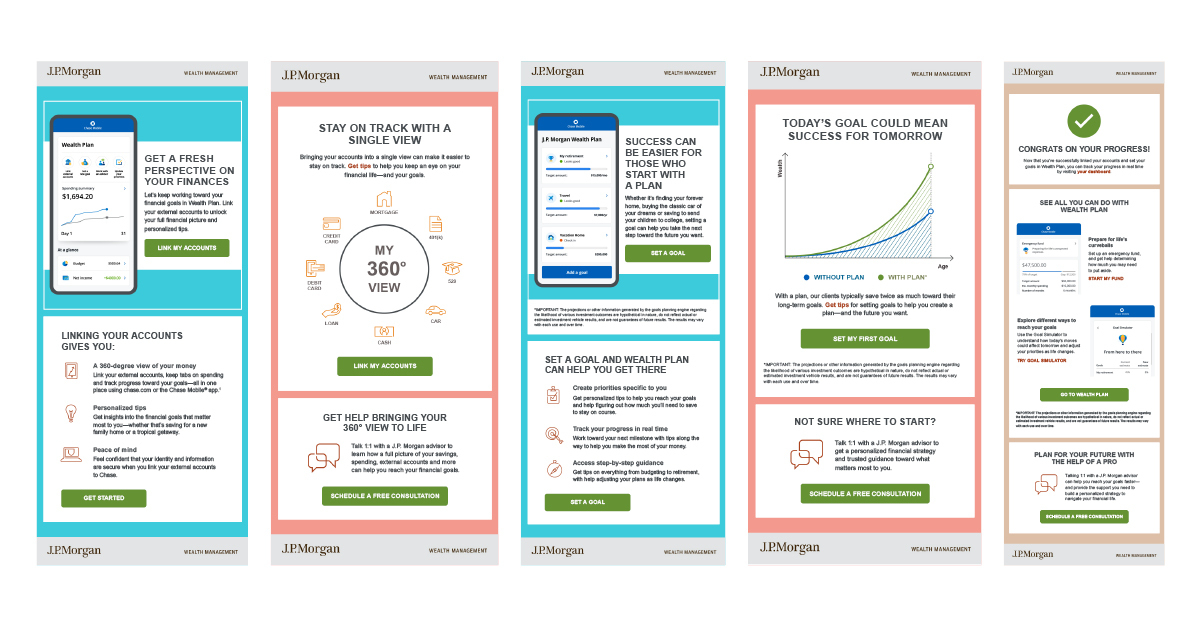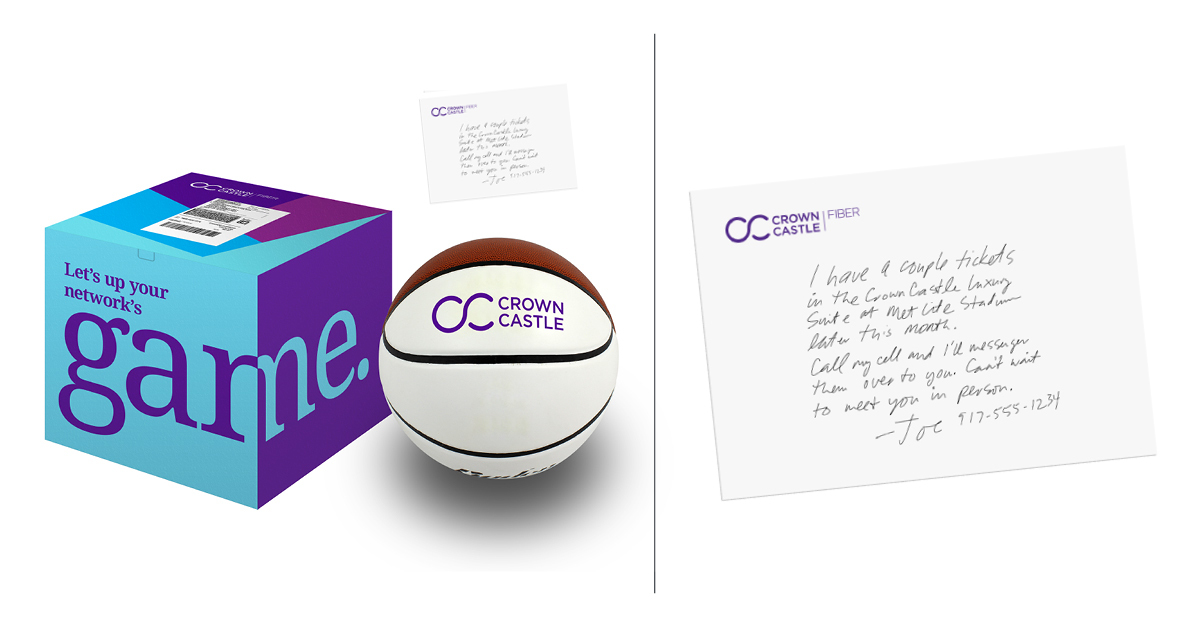When Best Practices Stop Being "Best"
In our work with organizations across various industries, we’ve encountered plenty of brands that feel strongly about differentiating themselves in a crowded sector. Yet, it seems to us that many companies today, especially in the world of B2B, feel more alike than ever before. Pick a handful of your favorite brands and you’ll find a world of overlap—same channels, same tactics, same results.
The reason? Best practices have run rampant, stifling aspects of B2B brands that should be helping them stand out, not fit in.
Different not derivative
Best practices are called that for a reason. They represent our highest performing plug-and-play strategies for finding success. They don’t, however, adequately convey the distinct qualities you bring to the table. Your brand and tactics should give customers a clear picture of what working with you is like. That’s difficult to accomplish if you’re employing the same playbook as everyone else.
If your brand is the manifestation of everything that’s unique about you, then your touchpoints should feel like an extension of that. Each one is an opportunity to break from best practices and reaffirm your central value proposition.

Content not containers
Communication is critical. You can’t make an impression without getting your message out there. But therein lies the key. You won’t find success if it isn’t your message. Too often, touchpoints feel hollow, like containers meant to communicate the essentials to your audience: trustworthiness, quality service, you name it.
Content should build a narrative about your company. Even if that narrative lives in an email subject line or website CTA, you’re taking time to communicate a unique value story—reassuring your audience about their decision to work with you.
In our website concept for Longfellow, we found an opportunity to highlight one of their strengths versus the competition — their local attention and expertise. The site’s content and navigation is built around the regions where they develop close relationships, and it dives deep into the nuances of each market.
Longfellow Highlight
Solutions not standards
Marketing in the B2B space is sometimes reiterative, with companies taking inspiration from the success of others when crafting their own solutions.
But other groups’ solutions weren’t conceived with your needs or audience in mind. By taking the time to consider your requirements for success, you can build something that’s more effective.
When our client Crown Castle wanted to start a conversation with key prospects, they could have constructed an email using best performing principles. Instead, they sent branded basketballs with an invitation to meet their potential team at a Knicks game.

Behaviors not buttons
Best practices today dictate a lot in digital spaces—like where to put the button for your contact form or what color it should be. But they don’t tell you how that button shapes a customer’s experience.
UI and UX are extensions of your brand identity and personality. Today, they’re proxies for real-world service. Insight Partners, one of our private equity clients, realized this with their new website. We brought their approach to life by animating their belief in scaling up. The approach doesn’t just capture leads, it captures attention.
Insight Partners Site Highlight Reel (Behaviors not buttons)
All of these ideas and examples should serve as a reminder: the best practice might not be your best practice.


